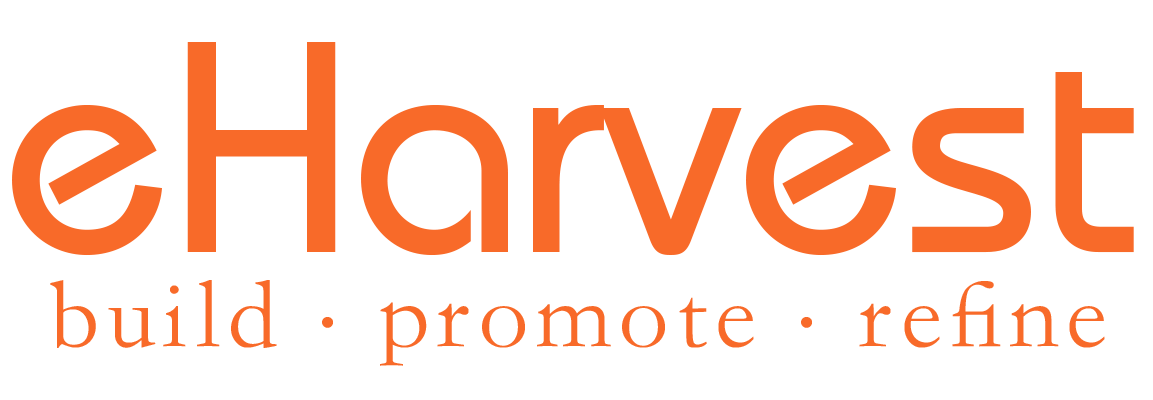301 Redirect has been a common SEO practice for many years to help maintain websites’ SEO ranking while launching major updates or a complete redesign. Let alone the SEO benefits, the ultimate goal is to offer good site using experience – SEO becomes a lot easier to understand and interpret if the superior customer experience is what you’re aiming for.
There’s little doubt that everyday search drives the evolution of search engine, so anything that causes unsatisfactory such as a ‘404 Not Found’ page will be considered inadequate. If you understand this theory then whenever your daily activities could potentially cause broken links, for example:
- change page or post URLs
- rename images
- rename categories
- move posts/pages from one category to another
You should consider using 301 redirects to bridge the old and new destinations, especially when all your content has been indexed by Google. A good way to find this out is to use an advanced search technique (use Google search engine as an example). To find out whether a particular page has been indexed by Google, use:
site:yourdomain.com search query (such as page title)
If you type above in Google search, it will list all your indexed pages related to your query. Some CMS such as Magento already has a built-in redirect mechanism which automatically generates redirects for you, while others like WordPress you will need to manage this yourself.
Out of all occasions, a site rebuild is when we absolutely need 301 redirects and this is no easy task. We’ve seen some businesses’ online ranking disappeared overnight after launching a new website without doing redirects.
To explain this matter further, let’s take Google search for example. Assume that we launch the new site without redirects since we’re taking the old website off and replace it with our new one. The indexing remained on Google search will not change because the data is stored on their server and we have no control over it. Even after Google fully crawled and indexed our new website, the old indexing could still be there for months and years. Pretty scary right? But that’s a reality when nobody takes care of it – there’re tons and tons of indexing left on Google’s server that goes nowhere.
It might sound nonsense but we’ve seen in some cases, your old indexing could be competing with your new indexing for the same search query because no one tells Google to replace old indexing with new ones, and that’s certainly not what we want. So we need to be more proactive, before launching the new site, we should have the redirect tables installed on your website/server to tell Google what’s been replaced. Only when the redirects are properly done, your new website will gradually take over your old one in terms of search indexing and ranking. It cannot be done overnight and that’s why we need to closely monitor crawl errors in Google Search Console for at least a couple weeks.
If you’re about to launch a new site and worried about the potential risk of losing your current ranking, please contact us for advice.
